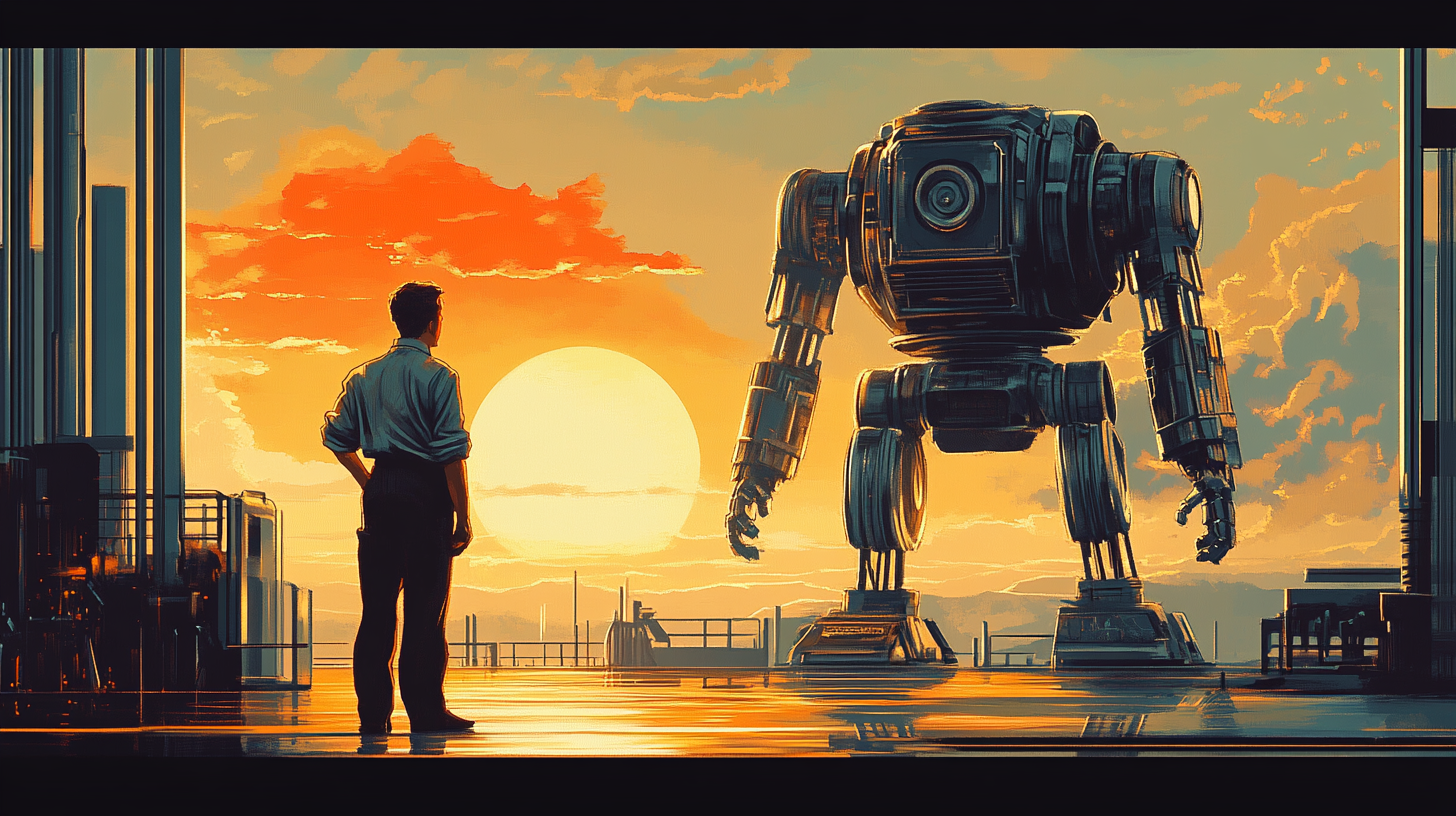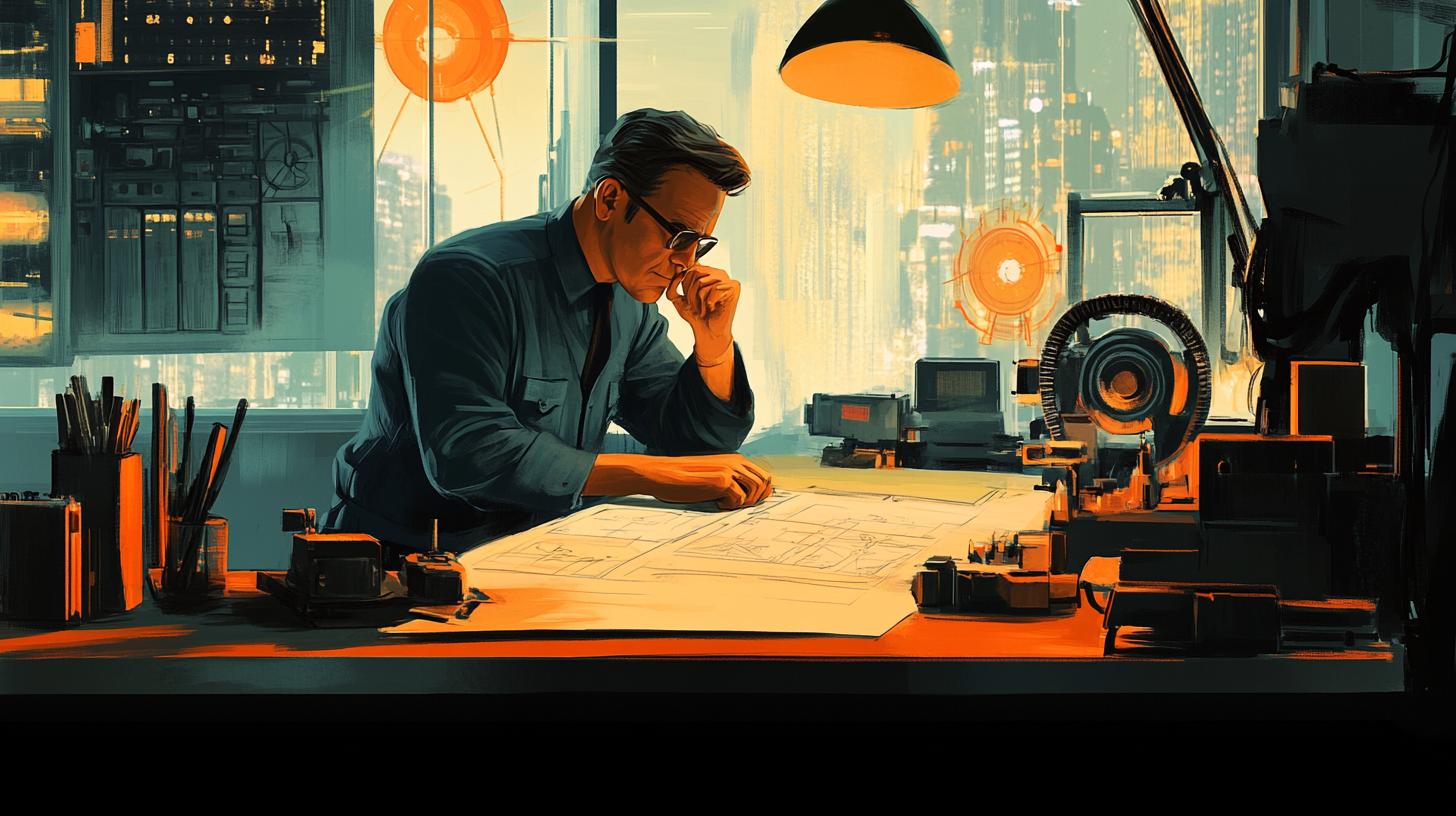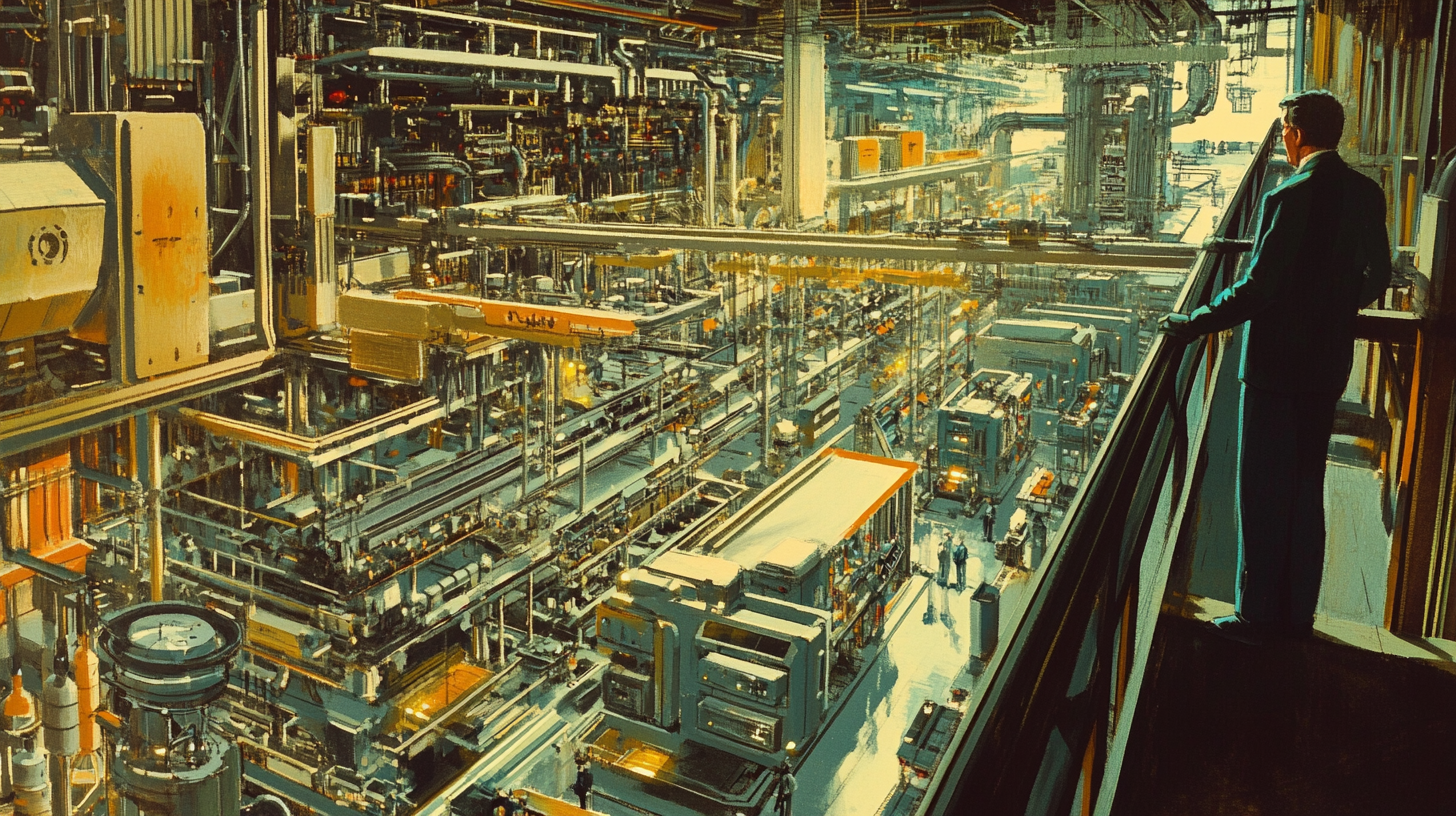Hope and Hard Work in Heinlein’s "The Door into Summer"
This review of "The Door into Summer" explores Heinlein’s optimistic tale of invention, resilience, and hope, highlighting its enduring appeal for fans of classic science fiction and timeless values.

A Vision of Hopeful Futurism
Published in 1957, "The Door into Summer" arrived during a period when American science fiction captured the nation's deep faith in progress and technology. This was a time of growing automation, expanding industries, and early steps toward space exploration. The novel reflected a widespread belief that the future belonged to those who worked hard and applied their knowledge with purpose.
Robert A. Heinlein, already recognized as a master of speculative storytelling, brought his signature blend of technical accuracy and human insight to this work. His stories often focused on men who meet adversity with courage, invention, and persistence. "The Door into Summer" fits this pattern, offering a narrative filled with inventive machines and determined characters. The story moves swiftly through time and change, inviting readers to consider both the wonders of technology and the strength of the human spirit.
The novel continues to appeal to those who admire stories of resilience and progress. It remains a shining example of science fiction that entertains while upholding values of self-reliance and hope.
The Narrative's Structure and Style
"The Door into Summer" is told through the direct and engaging voice of its protagonist. Heinlein's choice of a first-person narrator gives the novel a personal and often conversational tone that draws readers into the heart of the story. The narrator speaks plainly and with a touch of humor, sharing his thoughts on invention, betrayal, and the pursuit of better days. This style makes the book feel less like a distant future tale and more like a trusted friend recounting an extraordinary journey.

The novel's structure is one of its most notable strengths. Heinlein shifts between the present and imagined futures with a confidence that keeps the reader oriented, even as time itself bends within the plot. The time travel elements are presented with clarity, avoiding confusion while adding excitement and wonder. The transitions between different points in time are handled smoothly, supporting the sense of a continuous adventure rather than a collection of disconnected episodes.
Heinlein's use of American speech and humor grounds the novel in the era in which it was written. The dialogue and inner monologue reflect the can-do spirit of mid-century America. This down-to-earth language helps make the technical details approachable. The pacing of the story moves briskly, balancing moments of explanation with scenes of action and personal reflection. The technical exposition never overshadows the human side of the tale, which keeps the reader invested in both the machines and the man who builds them.
Technological Vision and Invention
One of the most memorable aspects of "The Door into Summer" is its rich depiction of invention and technological progress. Heinlein writes about machines and engineering with the confidence of a man who understands the value of honest work and applied knowledge. The novel introduces readers to a range of devices, from household automation to advanced robotics. These creations are not mere background details. They are central to the plot and to the moral outlook of the story. Each invention represents the fruit of persistence, intelligence, and faith in the future.

Heinlein's vision of technology reflects the optimism of the 1950s. His machines are designed to improve daily life, reduce drudgery, and open new possibilities. The robots and automated systems described in the book are practical and believable. They are based on sound engineering principles rather than magical or mysterious forces. This attention to realism gives the novel an enduring appeal. Readers can recognize the link between the imagined devices of the story and the genuine technological advances that followed in later decades.
The novel celebrates the inventor as a figure of great worth. The protagonist's relationship with his creations highlights the traditional virtues of dedication, problem-solving, and self-reliance. In this way, "The Door into Summer" upholds the belief that technology, when guided by moral purpose and steady hands, can be a tool for good. The story invites comparison with other mid-century science fiction that placed faith in the builder, the craftsman, and the thinker who shapes the world through his work.
Themes of Betrayal, Resilience, and the Quest for a Better Future
At the heart of "The Door into Summer" lies a story of personal struggle and the triumph of perseverance. While the novel offers imaginative technologies and an engaging structure, its moral strength comes from the trials faced by the protagonist. The theme of betrayal is introduced early, setting the stage for a journey defined by hardship and the refusal to surrender. This betrayal is not only personal. It is a test of the hero's spirit and his belief in the possibility of renewal.

The resilience displayed throughout the story reflects values deeply rooted in the American character. The hero does not wallow in bitterness or defeat. Instead, he turns to his skills, his will, and his sense of right and wrong. The challenges he encounters are met with resourcefulness and resolve. This is a tale where strength comes not from force, but from the steady application of reason and hard work. The moral lessons are plain. Adversity is not the end. It is a call to action.
The image of the door into summer serves as a symbol of hope. It represents the longing for a better future, one that can be reached through determination and faith. The story reminds readers that the future is not handed to a man. It is something he must build for himself, using the tools of his mind and the honesty of his labor. In this way, Heinlein offers a narrative that encourages optimism without illusion and champions the power of the individual to overcome and create.
A Timeless Testament to Ingenuity and Hope
"The Door into Summer" holds a distinct and honored place in Robert A. Heinlein's body of work. While other novels of his might tackle grander political or social questions, this story remains focused on the personal journey of a man who relies on his own skill and determination to shape his future. The book's influence can be seen in countless later works that explore the possibilities of time travel and robotics. Many writers who followed have borrowed from Heinlein's clear-eyed view of technology as both a tool and a challenge, as well as from his portrayal of the inventor as a hero.

For today's reader, the novel remains a rewarding experience. It offers a brisk, entertaining tale that does not talk down to its audience or hide behind empty spectacle. The story honors the reader's intelligence while inviting him to share in its vision of progress built through honest work. Those who appreciate classic science fiction will find in this novel a fine example of the genre's power to inspire and encourage.
Above all, "The Door into Summer" is a story that leaves readers with a sense of hope. It reminds us that no setback is final and that the future remains open to those who are willing to build it. Heinlein's optimistic spirit, his faith in human inventiveness, and his celebration of a better tomorrow continue to resonate, proving that true science fiction speaks not only to its own time but to generations yet to come.

